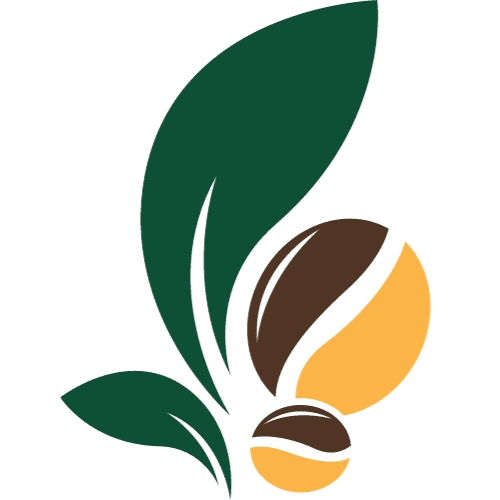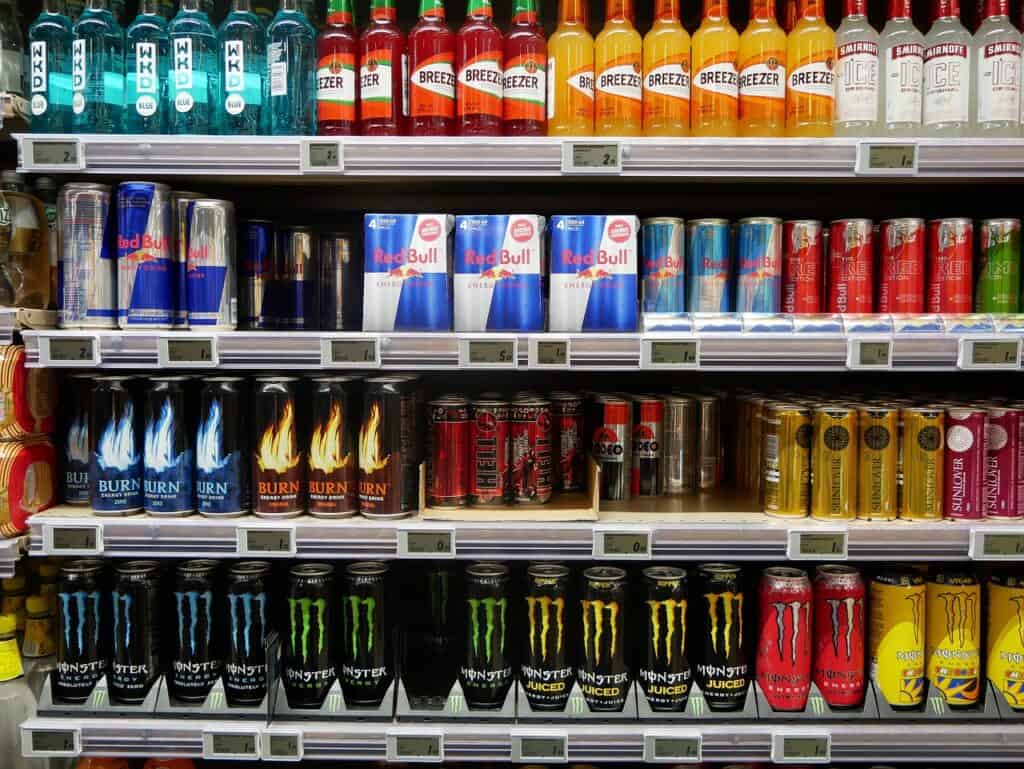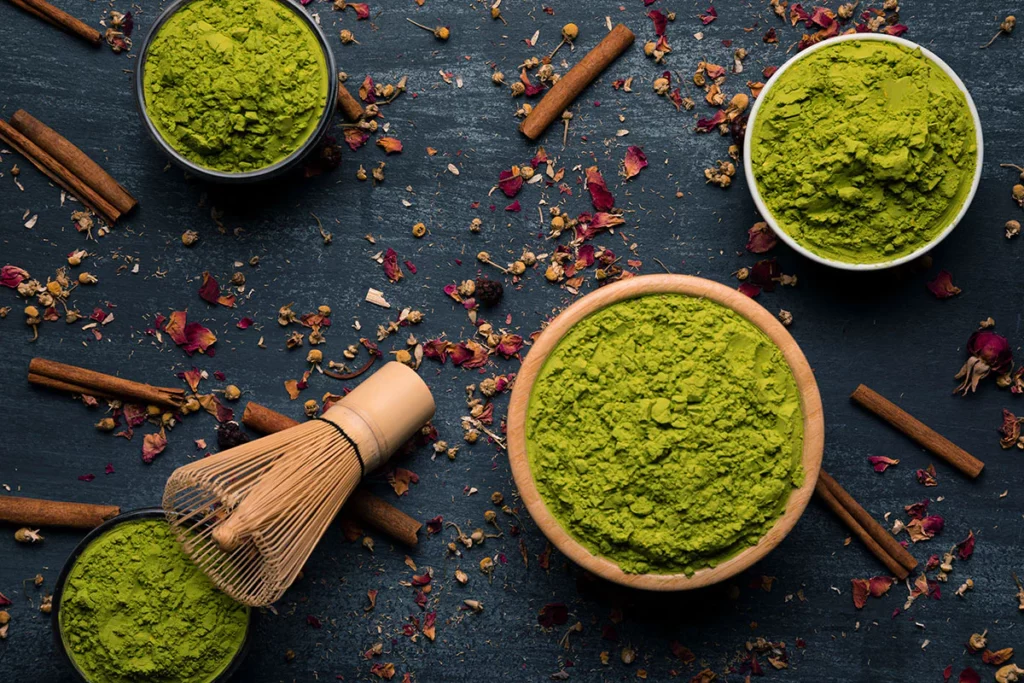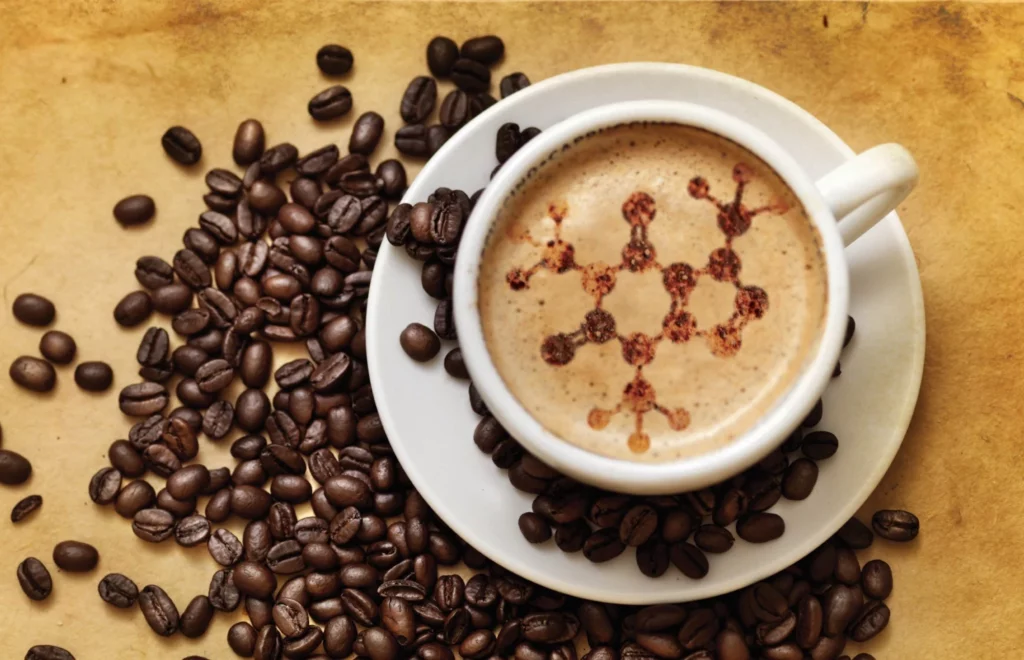Sources and References
- International Food Information Council. (2019, October 7). Natural vs. added caffeine: What’s the difference? [Blog post]. https://foodinsight.org/natural-vs-added-caffeine-whats-the-difference/
- Fredholm, B. B. (Ed.). (2020). Caffeine. In Encyclopedia of neuroscience (pp. 1-14). Academic Press. https://www.sciencedirect.com/referencework/9780323908160
- Nehlig, A. (2018). Caffeine and the central nervous system: Mechanisms of action, biochemical, metabolic and psychostimulant effects. In J. Preedy (Ed.), Coffee in health and disease prevention (pp. 191-204). Academic Press. https://www.ncbi.nlm.nih.gov/books/NBK519490/
- Meredith, S. E., Juliano, L. M., Hughes, J. R., & Griffiths, R. R. (2013). Caffeine Use Disorder: A Comprehensive Review and Research Agenda. Journal of caffeine research, 3(3), 114–130. https://doi.org/10.1089/jcr.2013.0016
- Rodak, K., Kokot, I., & Kratz, E. M. (2021). Caffeine as a Factor Influencing the Functioning of the Human Body-Friend or Foe?. Nutrients, 13(9), 3088. https://doi.org/10.3390/nu13093088
- Samoggia, A., & Rezzaghi, T. (2021). The Consumption of Caffeine-Containing Products to Enhance Sports Performance: An Application of an Extended Model of the Theory of Planned Behavior. Nutrients, 13(2), 344. https://doi.org/10.3390/nu13020344
- U.S. Food and Drug Administration. (2018, December 12). Spilling the beans: How much caffeine is too much?. https://www.fda.gov/consumers/consumer-updates/spilling-beans-how-much-caffeine-too-much





